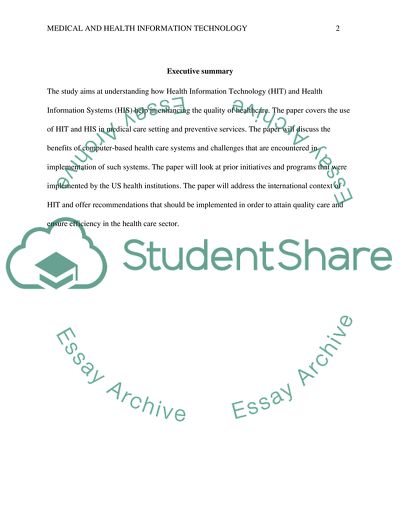Cite this document
(Medical and Health Information Technology Term Paper, n.d.)
Medical and Health Information Technology Term Paper. https://studentshare.org/health-sciences-medicine/1858943-medical-and-health-information-technology
Medical and Health Information Technology Term Paper. https://studentshare.org/health-sciences-medicine/1858943-medical-and-health-information-technology
(Medical and Health Information Technology Term Paper)
Medical and Health Information Technology Term Paper. https://studentshare.org/health-sciences-medicine/1858943-medical-and-health-information-technology.
Medical and Health Information Technology Term Paper. https://studentshare.org/health-sciences-medicine/1858943-medical-and-health-information-technology.
“Medical and Health Information Technology Term Paper”. https://studentshare.org/health-sciences-medicine/1858943-medical-and-health-information-technology.


